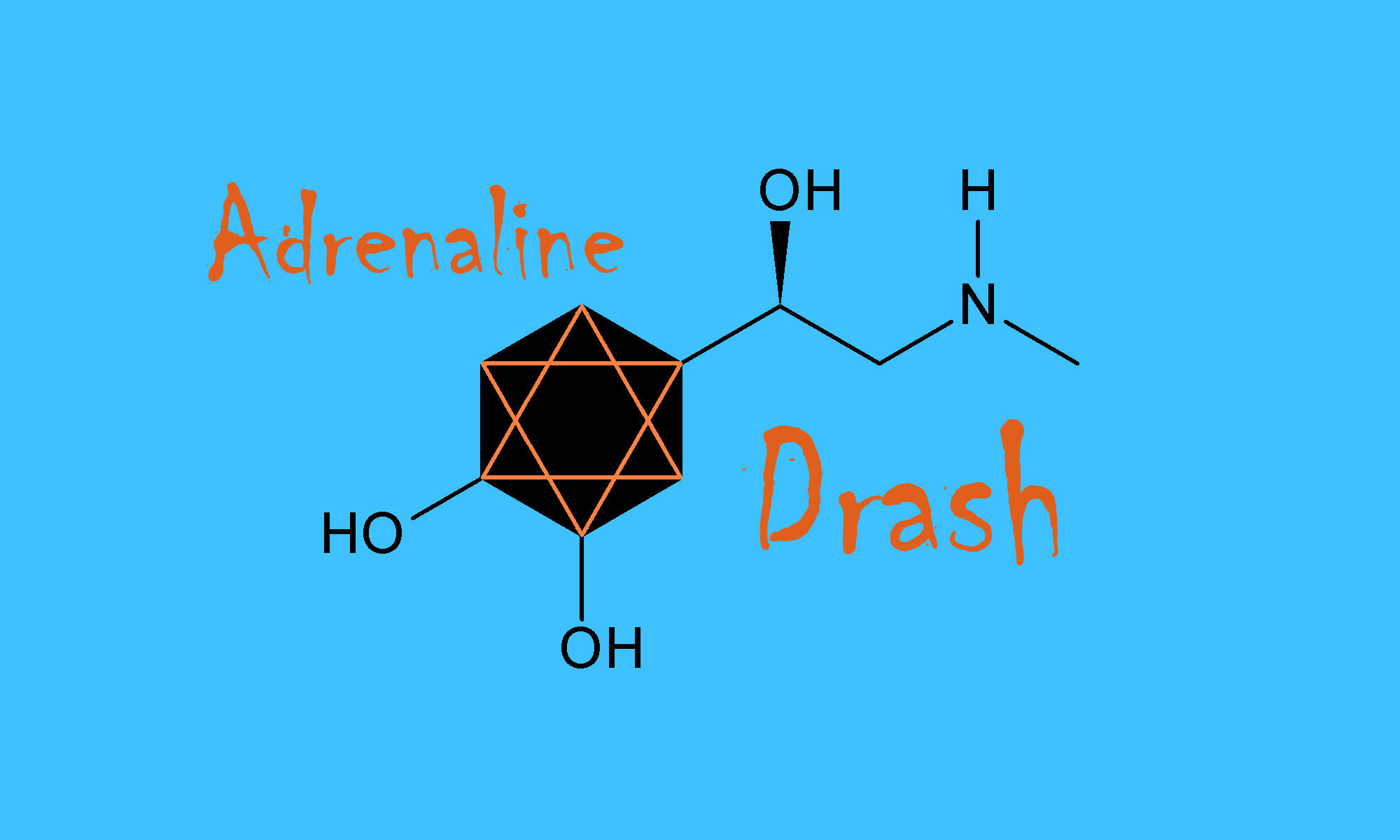 Ritual acts may be fleeting. Ritual objects are not.
Ritual acts may be fleeting. Ritual objects are not.
The Jewish women of Ashkenaz created the latter and, by doing so, shaped the former. They subverted the rabbis, created new liturgical practice, and left scholars a rich record of the culture of Ashkenaz. Rabbinic texts neither determined nor decreed their practice; a female laity creatively managed to call the shots.
It’s a story we should know.
Jewish tradition often relies on rabbinic texts to explain or justify a particular custom. The Torah binder, otherwise known as “wimple” or “mappah,” is no exception. According to the Sefer Hamaharil, published in 1556, the first connection between a boy’s circumcision and a holy object, the sacred Torah, occurred because, quite simply, a particular set of parents committed a faux pas.
It happened one time, Rabbi Ya’akov Segal Molin (Maharil) was sandek (godfather) and no cloth had been provided to wrap the baby’s legs. The rabbi ordered that a mappah (binder) be brought from the Torah scroll to be used for the child. He declared this permissible, citing “danger of life”; further, that the binder might be used again without impairing its holiness, provided it had been cleansed of blood, also, the family should give a donation to charity, so as not to enjoy the use of holy objects free of charge.
The historicity of this particular rabbinic tale may be doubted; the fact that Ashkenazi rabbis legislated the removal of women from brit milah, the rite of circumcision, cannot. In the thirteenth century, the Maharam, Rabbi Meier b. Barukh of Rothenburg, ruled that it was improper for a woman to sit among men at a circumcision. In the next century, the Maharil concurred. Confirming male status in the covenant required a celebration of maleness. Women were excluded.
Ashkenazic Jewish women, however, cleverly reinserted themselves in the ritual and related observances, creating customs and practices that gave them a significant – sometimes even a public – role. They cleaned and cut the cloth used either to bind the infant’s feet or to catch drops of blood, embroidered and decorated a blessing onto the fabric, and presented the wimple to their communities in a public, liturgically embedded ceremony. Cloth from a circumcision was repurposed to serve as a tool for a sacred task: binding and wrapping the Torah scroll.
Sixteenth-century Jewish women sidestepped their rabbis in an audacious act of spiritual ingenuity. Banned from the rite of brit milah, they used the wimpel to reestablish their presence by introducing a new liturgical practice. The custom of presenting the wimpel to the community during a synagogue service is first recorded in the 1530 Augsburg edition of Margaritha’s Der gantze jüdische Glaube. Customs varied: The wimple might be the child’s “first donation,” made while still an infant. Sometimes the wimple was presented at the time of the boy’s weaning, sometimes during his bar mitzvah. Women’s artistry, artistry created from the rite of brit milah, was on display for the entire congregation.
After the ceremony, came the commentary. In Germany, women congratulated the mother and made predictions: If the boy gave up his wimpel willingly to the men leading the service, he was clearly a Goldkind and he could be expected to grow into a loving, generous man. If the child cried or was loathe to give up his wimple, he was demonstrating that he was already deeply attached to Torah.
The cloth that caught drops of the baby’s blood was connected with the Torah that would, it was hoped, sustain the child’s life. But the wimpel also artistically rendered a record of contemporary culture. Embroidered animals and flowers and Judaica spoke of the child’s immediate surroundings, of the baby’s homeland, of a life lived in the presence of Jewish symbols and ritual objects.
A stork rises out of the lamed. A stag, a peacock, a fox, a monkey, and a unicorn run along the length of the cloth. One binder features a man in a boat, a small house, a cluster of rural buildings, a wedding scene, and Adam and Eve eating forbidden fruit. Another features Judaica: a menorah, Torah scrolls, and the Star of David. Yet another ends with a Leviathan, evoking the Messiah’s arrival and the world-to-come. One generation’s wimpels are peppered with animals and flora. A half century later, zodiac signs and tribal symbols predominate. Lilith, the beast-goddess, the baby kidnapper, and Adam’s first, recalcitrant wife appears, as does Moses, the lawgiver. The wimpels of Central and Eastern Europe constitute a woman’s record of the way Ashkenazic Jewish communities interpreted the world around them over several centuries.
In many wimpels, the form and shape of the Hebrew letters include puns and jokes, even direct references to Scripture. When a woman embroidered a nun in the shape of a fish, she was punning; the name of the letter also means ‘fish’ in Hebrew. Women embroidered the lamed of the Hebrew word nolad (is born) into the shape of a stork. Do Torah wimpels suggest greater Hebrew literacy than historians commonly assume among Jewish women of the late Middle Ages?
Certainly, they demonstrate a sophisticated interface between liturgical text, pictoral representation, and cultural commentary. The rabbis could legislate the exclusion of women from Jewish ritual, liturgy, or practice. The women, in turn, could find their way right back in.
Jewish women subverted halakha. And everyone won.



